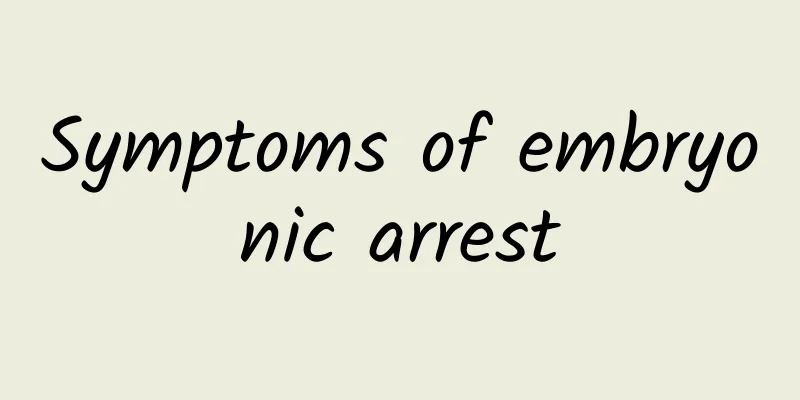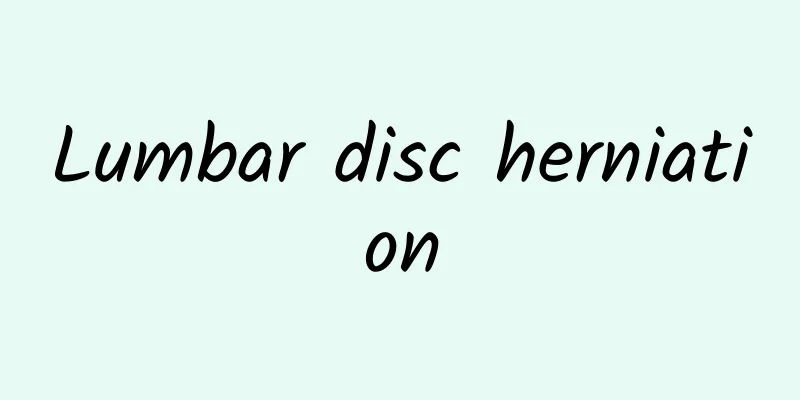What is the cause of Yinlingquan pain?

|
Acupuncture and acupoint treatment in traditional Chinese medicine, as well as practicing martial arts with acupoints, are all very traditional practices, and all of these are inseparable from acupoints. There are many acupoints in the human body, countless large and small. Yinling Point is one of them. It is an acupoint located on the human leg. The specific location is in the depression below the knee. Sometimes people will experience pain in Yinlingquan. What is going on? The Yinlingquan point can regulate the spleen and kidneys of the human body. The pain may be caused by problems with these organs. What is Yinlingquan (1) Yinling Spring. Yin means water. Mausoleum is a mound of earth. Quan is a water spring hole. The name of this acupoint means that the mixture of meridian water and spleen earth substances flowing through the ground part of the spleen meridian gathers and accumulates at this acupoint. The material of this acupoint is a mixture of mud and water that flows from the Diji acupoint. Because this acupoint is located in a sunken place in the flesh, the mixture of mud and water is deposited in this acupoint, and the water overflows, and the spleen soil material is deposited in the shape of an upturned mound at the bottom of the ground, hence the name. The name Yinling means the same as Yinling Spring. (2) He point of spleen meridian. To combine means to meet. This point is the place where the spleen earth particles in the spleen meridian's qi and blood substances converge, so it is the spleen meridian He point. (3) This point belongs to water. It belongs to water, referring to the five elements properties manifested by the changes in the circulation of qi and blood substances in this acupoint. The material of this point is a mixture of mud and water in the ground part of the spleen meridian, and what is output to the outside is the water from the ground part. Compared with the damp heat, qi and blood of the spleen meridian itself, the fluid transmitted to the outside of this point embodies the yin, cold and moistening characteristics of water, so it belongs to water. Yinlingquan Point: Strengthens the spleen, regulates qi, benefits the kidneys and regulates menstruation The depression below the medial condyle of the tibia. When tapping this acupoint, the patient should sit upright or lie on his back. The acupoint is located on the inner side of the calf, in the depression on the inner side of the tibia below the knee, opposite to Yanglingquan. .Urogenital system diseases: enuresis, urinary retention, urinary incontinence, urinary tract infection, nephritis, spermatorrhea, impotence; 2. Digestive system diseases: peritonitis, indigestion, ascites, enteritis, dysentery; 3. Gynecological and obstetric diseases: vaginitis, irregular menstruation; 4. Others: insomnia, knee arthritis, lower limb paralysis. Yinlingquan is one of the important acupoints on the spleen meridian of the foot Taiyin of the human body. It is widely used in the treatment of many diseases. The treatments related to this acupoint include: acupoint therapy for knee pain, treatment of diabetes, etc. 1. Massage Yinling point is the He point of the spleen meridian. The spleen meridian qi that starts from the toes goes deeper into the body, which can strengthen the spleen and eliminate dampness. It is located below the knee, along the inner side of the calf bone, and the depression when it turns inward is the Yinlingquan. You should massage this area with your fingers every day. You can do it at any time when you are free, but make sure you do it for a total of more than 10 minutes a day. If you have spleen dampness in your body, it will hurt when you press here, but if you persist in massaging, you will find that the pain will gradually subside, which means that your spleen dampness is getting better. Massaging the Yinlingquan acupoint can help patients urinate freely and is also effective in treating anal relaxation. The Yinlingquan acupoint is located at the lower edge of the medial epicondyle of the tibia, in the depression on the medial edge of the tibia (the depression on the inner side of the knee when the thigh is bent 90 degrees). Massage about 100 to 160 times each time, once in the morning and evening every day, both legs need to be massaged. Generally, it takes two weeks to see results. 2. Acupuncture Insert the needle vertically 1 to 2 inches. To treat knee pain, you can penetrate the needle towards Yanglingquan or Weizhong. One of the modern studies on meridian points. Experimental studies have shown that acupuncture at the Yinlingquan point has a regulatory effect on cerebral cortex function. Strong stimulation often leads to inhibition; weak stimulation half leads to excitation and half to inhibition. For healthy people, weak stimulation usually causes an excitation process, while strong stimulation has less effect. For those with no peristalsis or very weak peristalsis in the descending colon and rectum, acupuncture at the Yinlingquan point can enhance the peristalsis. Acupuncture at Yinlingquan and Wailing points in patients with acute bacillary dysentery resulted in the highest average lectin efficacy value and the fastest growth. Yinlingquan point has the function of regulating bladder tension. |
<<: What causes pain around the stomach?
>>: Why does my waist hurt after lying down for a long time?
Recommend
What are the symptoms of rising fire?
Yin deficiency and excessive fire are also called...
What's wrong with the toe seam?
Many people will encounter rotten toes in daily l...
What causes epididymal pain?
There are many causes of epididymal pain, which i...
Elderly pneumonia without phlegm diet therapy, these foods are effective
During the cold winter, many elderly people suffe...
8 months pregnant stomach pain
In order to give birth to the next generation, wo...
Can leukoplakia be cured? What should I pay attention to?
Leukoplakia refers to vitiligo, which is also a c...
Will losing weight lower blood pressure?
With the improvement of living standards, there a...
What to do if your cervical vertebra is fractured
Although cervical vertebra fractures are not part...
What medicine can I take to get quick results if I have less menstruation?
In life, many women will experience irregular men...
What are some traditional Chinese medicine formulas suitable for treating gout?
Traditional Chinese medicine is very traditional ...
Will I definitely get pregnant during ovulation?
Getting married and having children are major eve...
Isatis root granules ingredients
Isatis root granules are an over-the-counter medi...
When to take Guizhi Fuling Pills
Guizhi Fuling Wan is a relatively common medicine...
Can scraping cure frozen shoulder?
Frozen shoulder is a disease that troubles many p...
What are the symptoms of chronic pharyngitis
Common symptoms of chronic pharyngitis include dr...









